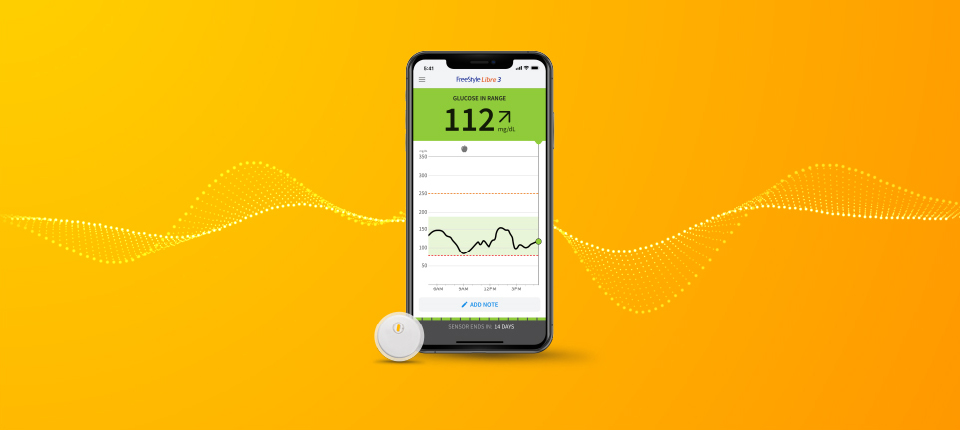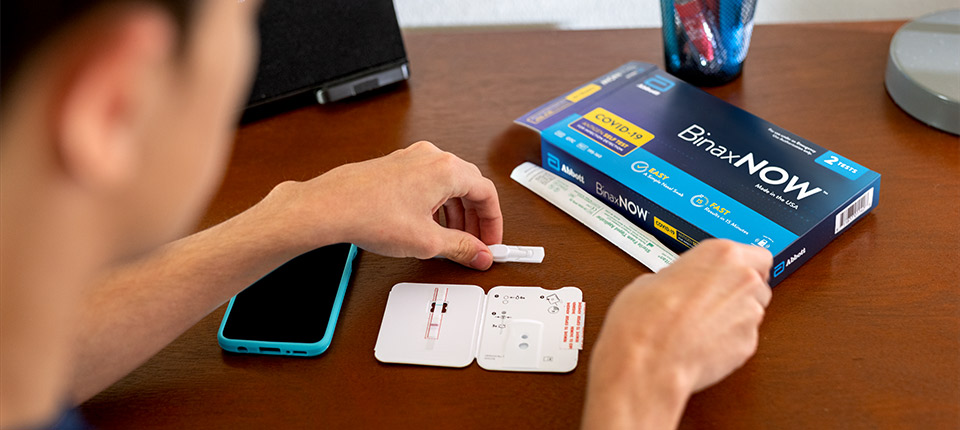A Young Life, Restored:
Only time can tell the fullness of a life's story. Daisy's life story is one we've told … to a point. What you see in the video above is how far she's come living her life as she wants, chasing her dreams and looking ahead — not behind — thanks to what you don't see: Our technology that's helped her reach her next destination in her life's journey. And to see how far she's come from where we first met her, please keep reading.
“Diabetes is not my name,” she writes.
It most certainly is not.
That name would be Daisy Barnes and she is a 10 year old girl. The word around her United Kingdom neighborhood is that she is a pretty good soccer player and is coming into her own on the gymnastics mat. In school, she still isn’t loving math, but is partial to studying English, as she loves to read and write. More to come on that writing part in just a bit.
If you saw Daisy during most of the day - on most every single day – you likely wouldn’t notice the very thing that makes her the subject of this story. Spoiler alert: she was part of a clinical trial that tested the FreeStyle Libre 2, an integrated continuous glucose monitoring system, on children. More on that later, as well.
And that makes Daisy happy. Because Daisy didn’t much care for being known as the girl with diabetes.
Having gone through a series of health issues when she was three, Daisy was diagnosed with Type 1 diabetes, a life-long condition that requires regular monitoring to keep her healthy.
“Diabetes came into our lives and turned everything upside down,” said her mother, Sam. “She was so very poorly and thankfully she was admitted to the hospital before her illness was critical. We didn’t know anything about it. Daisy and I stayed in the hospital for three days. It was a crash course in learning about diabetes, how to administer injections and prick her finger to test her blood glucose levels.”
Being the parents of a Type 1 patient wasn’t easy, especially with three other children in the family to care for. The attention Daisy’s condition required could be daunting at best, made no easier by Sam’s fear of something that was now a vital part of her daughter’s care. “I was petrified of needles,” she said. “I hated blood, so I made my husband do the first day or two until I could wrap my head around it.”
But Daisy took more time than that to get with this new program. “She hated it because she was three and little,” said Sam. “We used to chase her around the house, and with her not sitting still, when we did her fingerpricks, it would get quite messy. It was horrible.”
Challenges: Morning, School and Night
As the months passed, treating Daisy’s condition became somewhat more routine, though still with considerable challenges. “We, as a family, learned to count carbohydrates in food, administer her insulin and monitor her glucose levels,” said Sam. “But it was still difficult to do her fingerpricks. She still hated it, and it was still a battle.”
And it wasn’t just a challenge at home. She was having 10-15 fingerpricks per day and that took up a lot of her school time. “She would have to stop what she was doing, wash and dry her hands, go to the medical room, be tested and wait for her results,” said Sam.
And it wasn’t just a challenge during the day. “We’d also have to fingerprick her before bedtime and even then, we didn’t really know what was going to happen with her levels overnight, so we would set an alarm for 2:00 a.m. and check her levels at that time,” said Sam.
It was into this family routine that Abbott’s FreeStyle Libre 2 was first introduced. Daisy became one of the first children in the UK to wear the continuous glucose monitoring tool as part of a medical trial. Her mother recalls that time very well. “It was completely life-changing when she started wearing it. We went from doing so many fingerpricks to just scanning her frequently. At school, she used to have to go through quite a process and now she does it while she’s working without having to think about it.
Daisy Doesn’t Miss a Thing
“She also used to miss a lot prior to wearing FreeStyle Libre 2 because if her levels were a little bit low, she couldn’t take part in P.E. classes or other activities, whereas now they can get updated numbers and see how her levels are trending.”
Daisy agrees the device has made managing her diabetes simpler. “It definitely helps. It’s a lot easier. My fingers don’t hurt as much, having a sensor. And my teachers think it’s very clever.”
And it hasn’t just made a difference during the day. “Once she started wearing FreeStyle Libre 2, we would scan her at bedtime and know she’ll be alright, because we could chart what we could expect her levels to be,” said Sam. “With Freestyle Libre 2 we can go to sleep and know she is fine. That makes a huge difference.”
“Using the monitor has also made her that much more responsible and independent. She makes sure her sensor is fully charged and knows when the device needs changing. There are now things she does that she wouldn’t have before because now she has the confidence of knowing how to look after herself. She can do more things on her own. She’s in total control now.”
How has this impacted 10-year-old Daisy? Let’s let her mother weigh in: “Using the monitor gives Daisy her dignity. She can scan herself quickly without having to feel different, without having to stop, get out all her medical equipment and fingerprick test herself. It’s just nicer for her and when we are out and about, it’s quick, easy and she doesn’t feel like she’s any different.”
However, Daisy is a bit different. Her mother describes her as,” fierce, loving and extremely sassy. I am beyond proud of her.” Another thing that sets her apart is that she is a poet who, at the tender age of 9, was able to share the following about her experience:
Diabetes Is Not My Name
My story began 6 years ago when I was only 3 1/2.
That was my tough times.
When my mum and dad found out the thing I worry
about 24/7-DIABETES
They were devastated that I had it.
I always thought it was my fault so I tried to
make up for it.
I had to go to hospital loads and I have sweets
and biscuits when I’m low.
When I went to school the people I sat next to
stared. My emotions raged with fear.
I thought everyone would bully me because
I have diabetes but I was lucky because they didn’t.
If anything they were nicer to me!
Every year I have a big checkup at hospital and have
loads of blood taken but I go way more times than that.
Now I feel normal because I used to think everyone
but me was.
Yes maybe I have sweets and biscuits and yes people
stare sometimes but that won’t change me.
Diabetes isn’t my name.
By Daisy Barnes, aged 9
See Daisy read her poem.






FOLLOW ABBOTT